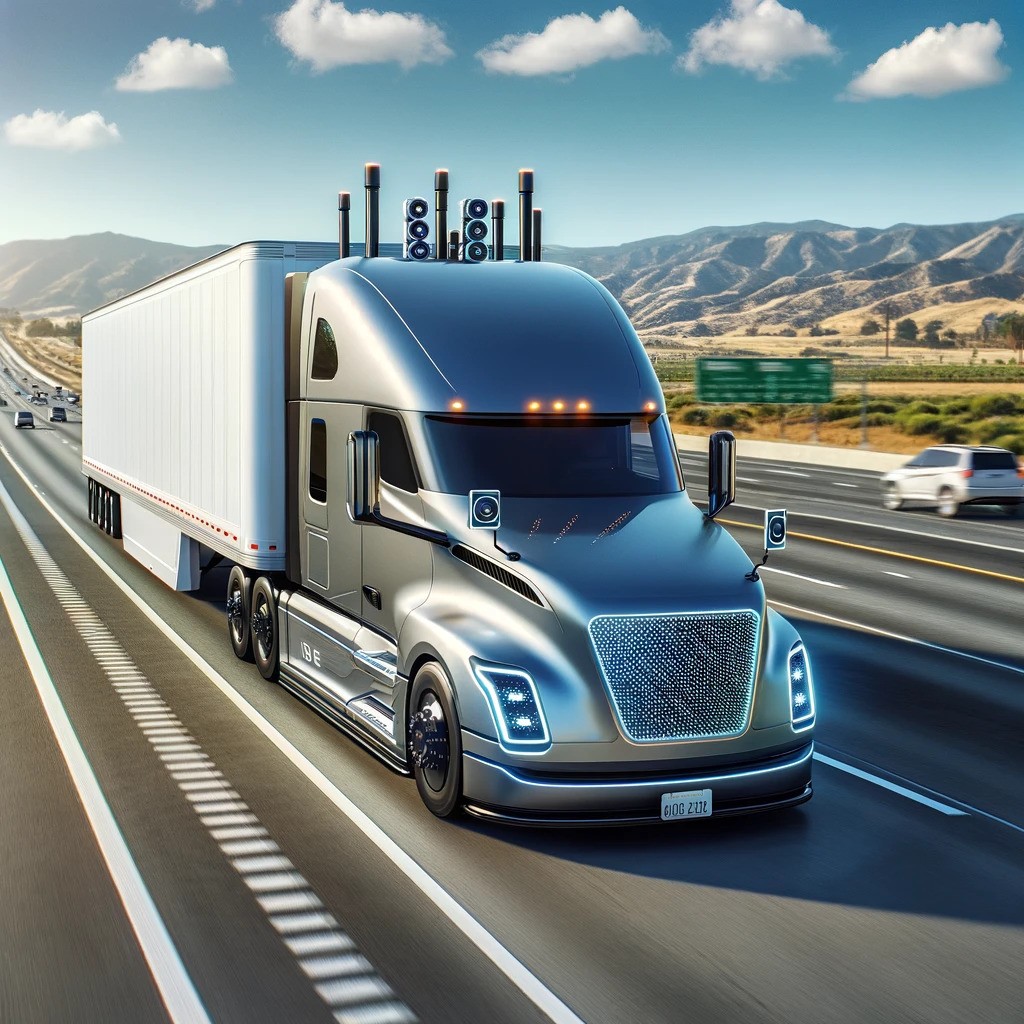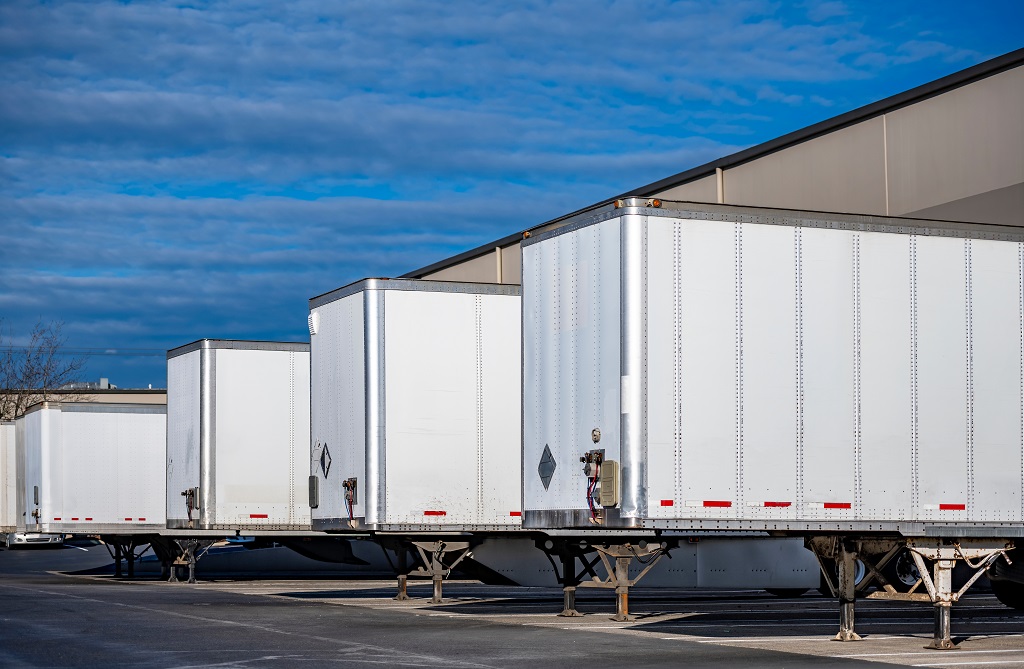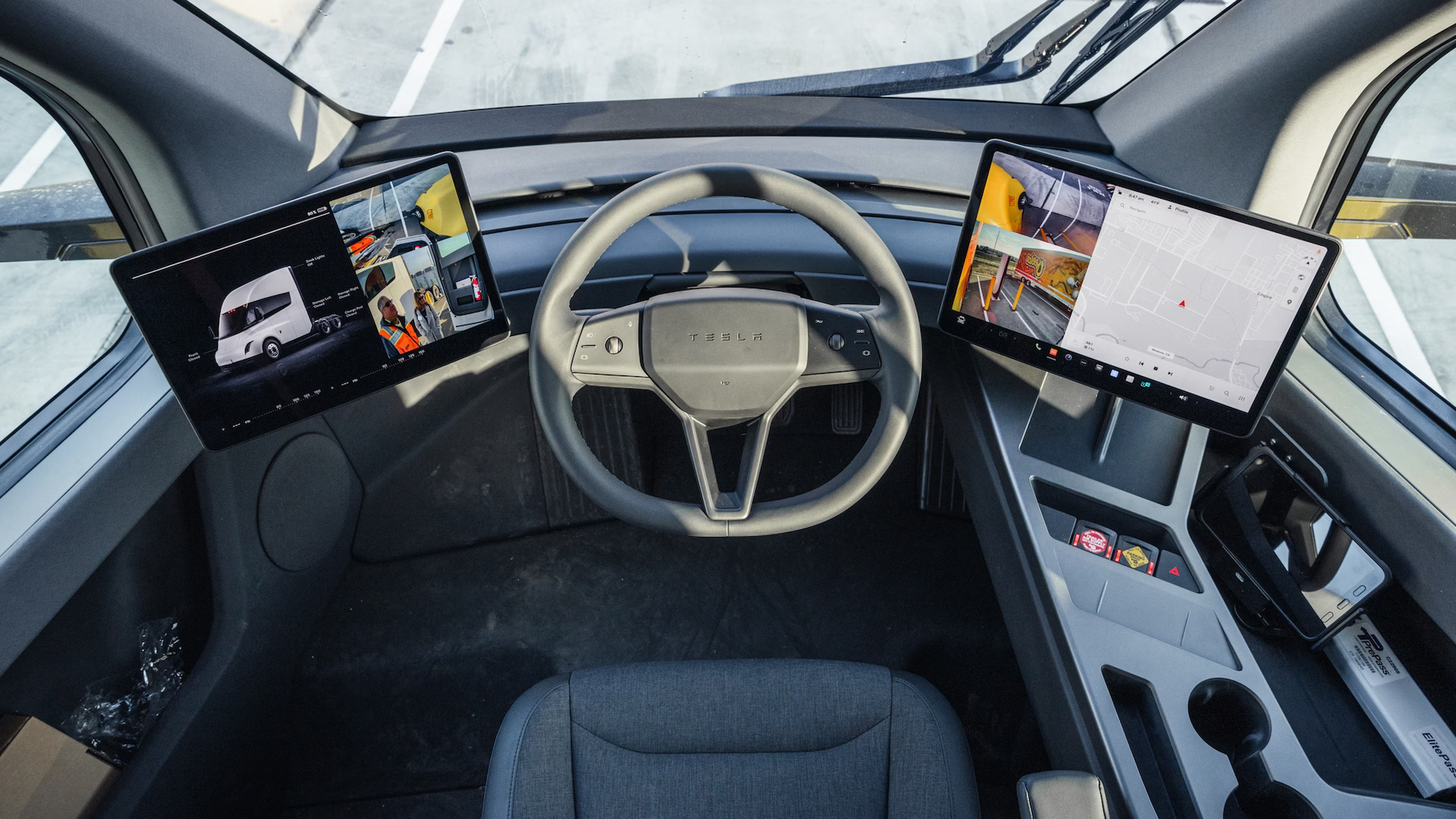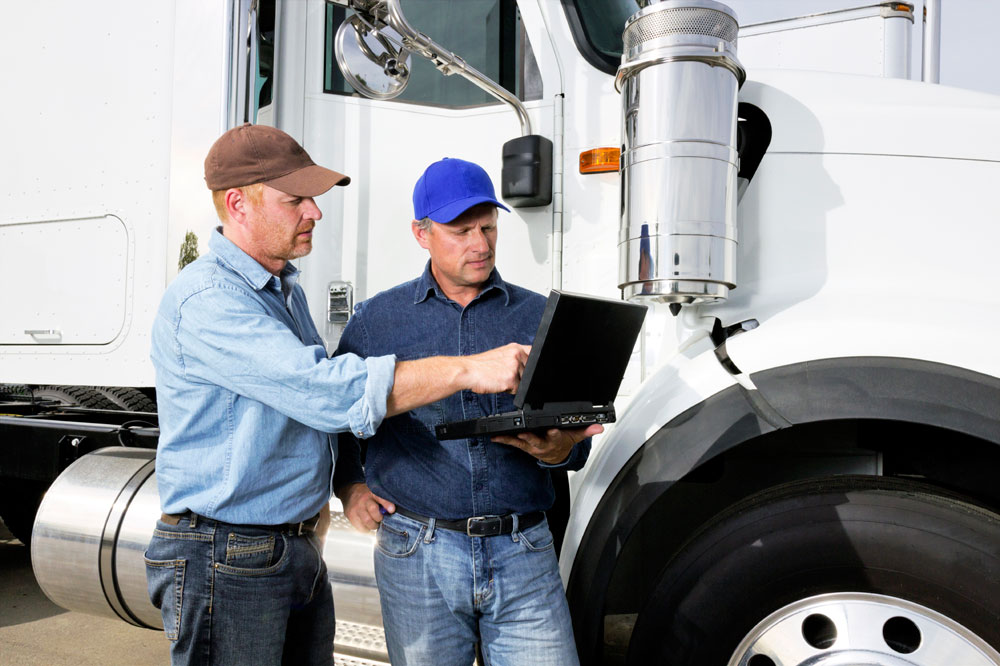Rapid Relay is at the forefront of revolutionizing the trucking industry with its cutting-edge digital freight network. We aim to streamline the transportation of thousands of truckloads across the country daily.
Leveraging an optimized network of carriers, we not only ensure cost savings for shippers but also amplifies earnings for drivers, all while significantly reducing carbon emissions.
Our innovative approach utilizes sophisticated algorithms and AI technologies to address inefficiencies and waste across the truckload freight transportation industry.
Our commitment to environmental sustainability is evident in our efforts to minimize idle truck time and optimize load distribution. With a driver-centric model and a focus on digital transformation, we're not only changing the face of freight transportation but also paving the way for a more sustainable and efficient future in the trucking industry.






